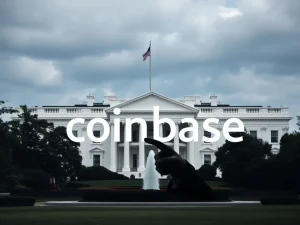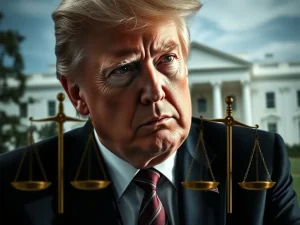Trump’s Bold 50% Tariff on Copper and Brazilian Imports Shakes Global Trade and U.S. Security

In a dramatic move, President Donald Trump has announced a 50% tariff on copper and Brazilian imports, effective August 1, 2025. This bold decision aims to strengthen U.S. economic security and trade control, but it’s already sending shockwaves through global markets. Here’s what you need to know.
Why Did Trump Impose a 50% Tariff on Copper and Brazilian Imports?
The Trump administration cites national security and trade imbalances as key reasons for the new tariffs. The policy targets:
- Semifinished copper products, critical for construction and energy sectors.
- Goods from Brazil, a major U.S. trading partner, previously under a 10% duty.
The administration invoked the International Emergency Economic Powers Act (IEEPA) to justify the move, framing it as a necessary step to protect American interests.
How Will the Trump Tariff Impact U.S. Markets?
The immediate effects are already visible:
- Copper prices plunged as investors reacted to the new regulatory environment.
- Stocks of mining giants like Rio Tinto and BHP declined sharply.
- Supply chains in construction, energy, and agriculture face disruptions.
Past tariffs, like those in 2018, led to inflationary pressures and supply chain issues, suggesting history may repeat itself.
Brazil’s Response and the Risk of a Trade War
Brazil, a key U.S. trade partner, now faces doubled trade barriers. While no retaliatory measures have been announced yet, analysts warn of a potential trade war. The timing of the announcement—just before an August 1 deadline—hints at a strategic escalation.
Long-Term Implications of U.S. Trade Policy Shifts
The Trump tariff reflects a broader trend of using economic leverage to reshape global trade. While domestic producers may benefit short-term, risks include:
- Higher consumer costs.
- Reduced global competitiveness for U.S. industries.
- Uncertainty for copper-dependent sectors.
Revoking the De Minimis Exemption: What It Means
The administration also revoked the global de minimis tariff exemption, which allowed low-value imports to enter duty-free. This change adds complexity for small businesses and e-commerce operations, further tightening trade controls.
Conclusion: A High-Stakes Trade Gamble
Trump’s 50% tariff on copper and Brazilian imports is a high-stakes move to assert U.S. economic dominance. While it may bolster domestic industries, the long-term fallout—higher costs, strained trade relations, and market volatility—could outweigh the benefits. Stay tuned as this story develops.
Frequently Asked Questions (FAQs)
1. What products are affected by the Trump tariff?
The tariff targets semifinished copper products and a range of Brazilian imports, including goods previously under a 10% duty.
2. How will this tariff impact U.S. consumers?
Consumers may face higher prices for goods reliant on copper and Brazilian imports, such as electronics, construction materials, and agricultural products.
3. Could Brazil retaliate with its own tariffs?
While no official response has been announced, Brazil could impose retaliatory tariffs, escalating into a trade war.
4. What is the de minimis exemption, and why does its revocation matter?
The de minimis exemption allowed low-value imports to enter the U.S. duty-free. Its revocation means higher costs for small businesses and e-commerce.
5. How have markets reacted to the announcement?
Copper prices dropped, and mining stocks like Rio Tinto and BHP declined, reflecting investor concerns about supply chain disruptions.








